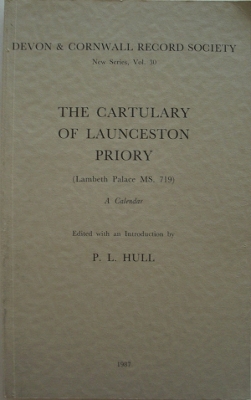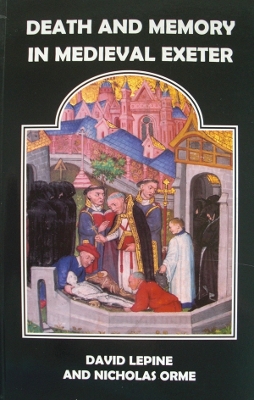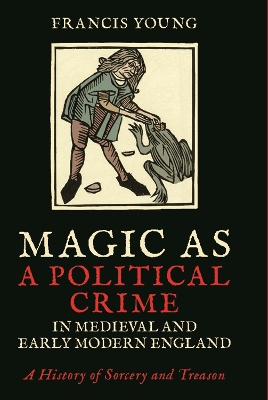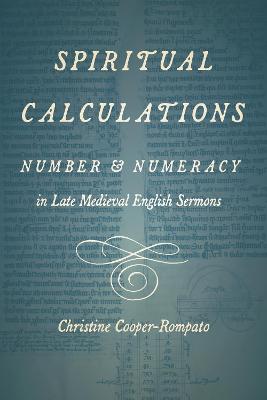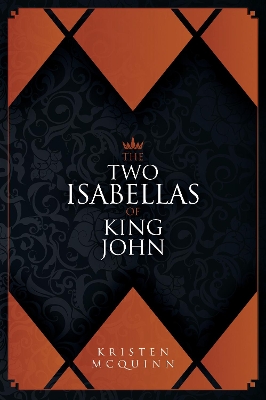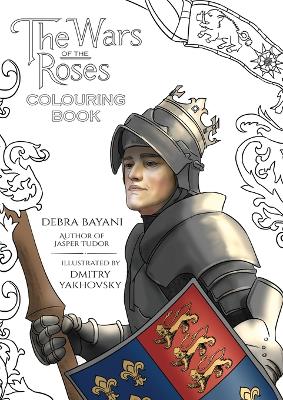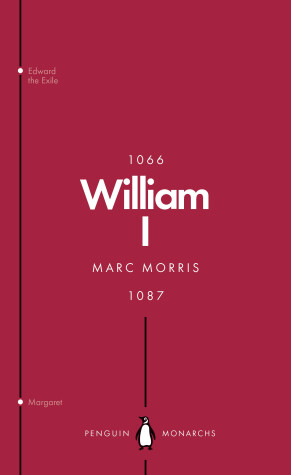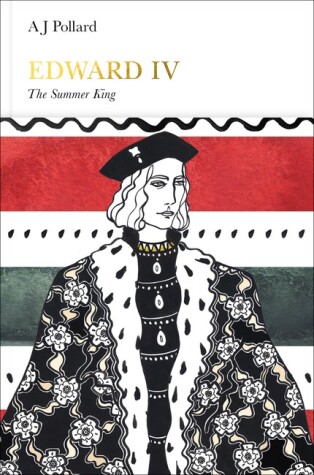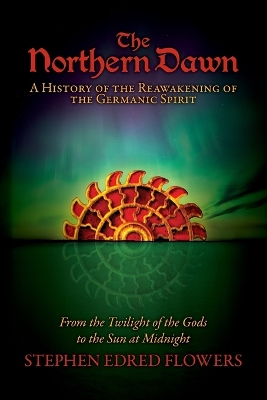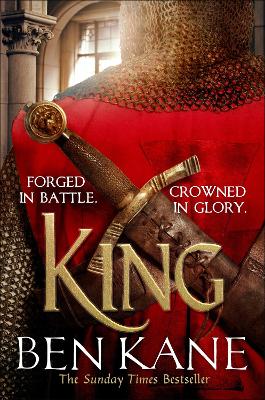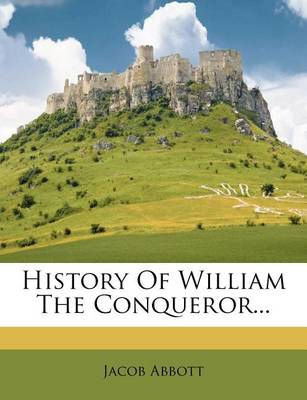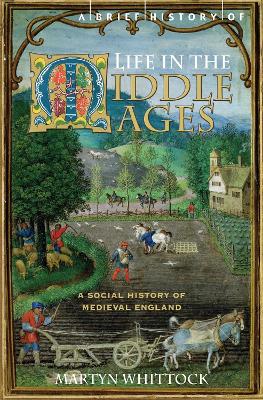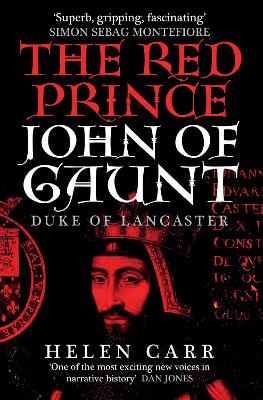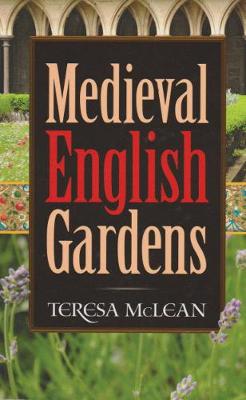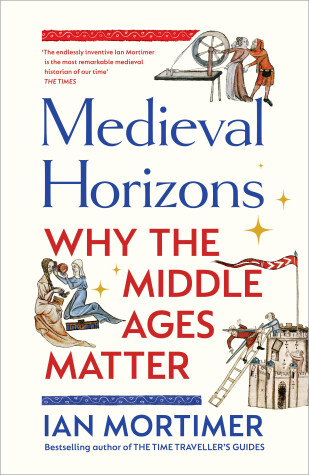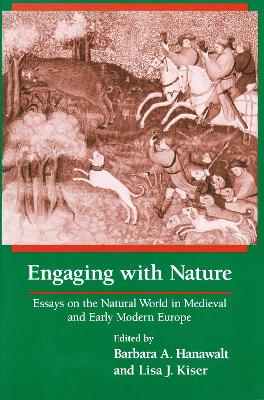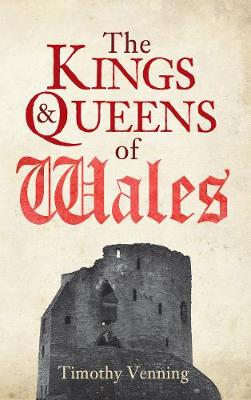The Cartulary of Launceston Priory (Lambeth Palace MS.719)
by P. L. Hull
The priory of Launceston was founded in the 1120s and owned a large collection of properties in the Launceston area. Its cartulary gives information about many aspects of the Priory's existence, including its tenants, quarrels over land and boundaries, and dealings with local laypeople. Particularly interesting are the details about the Priory's relationship to local parishes, where we see disputes over church maintenance, lights, and other day to day aspects of parish life.
Death and Memory in Medieval Exeter
by David Lepine and Nicholas Orme
Death, burial, and the commemoration of the dead have been much studied by historians in recent years, but far less has been done to make available the sources on which these studies are based. This book sets out to fill the gap with an anthology of the rich and varied evidence that survives from the medieval city of Exeter. It begins with a history of burial practices in the city: where people were buried and why. This is followed by an edition of theonly remaining local burial list, relating t...
Magic as a Political Crime in Medieval and Early Modern England
by Francis Young
Treason and magic were first linked together during the reign of Edward II. Theories of occult conspiracy then regularly led to major political scandals, such as the trial of Eleanor Cobham Duchess of Gloucester in 1441. While accusations of magical treason against high-ranking figures were indeed a staple of late medieval English power politics, they acquired new significance at the Reformation when the 'superstition' embodied by magic came to be associated with proscribed Catholic belief. Fran...
Medieval English sermons teem with examples of quantitative reasoning, ranging from the arithmetical to the numerological, and regularly engage with numerical concepts. Examining sermons written in Middle English and Latin, this book reveals that popular English-speaking audiences were encouraged to engage in a wide range of numerate operations in their daily religious practices. Medieval sermonists promoted numeracy as a way for audiences to appreciate divine truth. Their sermons educated audi...
King John of England was married to two women: Isabella of Gloucester and Isabelle of Angouleme. The two women were central to shaping John and his reign, each in her own way molding the king and each other over their lives. Little is known about Isabella of Gloucester and she has largely become an historical footnote; Isabelle of Angouleme has a reputation as a witch and poisoner. However, both were products of their time, victims and pawns of the powerful men whose voices overwrote the experie...
Part of the Penguin Monarchs series: short, fresh, expert accounts of England's rulers - now in paperbackOn Christmas Day 1066, William, duke of Normandy was crowned in Westminster, the first Norman king of England. It was a disaster: soldiers outside, thinking shouts of acclamation were treachery, torched the surrounding buildings. To later chroniclers, it was an omen of the catastrophes to come.During the reign of William the Conqueror, England experienced greater and more seismic change than...
In 1461 Edward earl of March, an able, handsome, and charming eighteen-year old, usurped the English throne from his feeble Lancastrian predecessor Henry VI. Ten years on, following outbreaks of civil conflict that culminated in him losing, then regaining the crown, he had finally secured his kingdom. The years that followed witnessed a period of rule that has been described as a golden age: a time of peace and economic and industrial expansion, which saw the establishment of a style of monarchy...
The Lion in Winter (Acting Edition S.) (Audio Theatre Collection)
by James Goldman
Sibling rivalry, adultery and dungeons - Lion in Winter, by James Goldman, is a modern day classic. Comedic in tone, dramatic in action - the play tells the story of the Plantagenet family who are locked in a free for all of competing ambitions to inherit a kingdom. The queen, and wealthiest woman in the world, Eleanor of Aquitaine, has been kept in prison since raising an army against her husband, King Henry II. Let out only for holidays, the play centres around the inner conflicts of the royal...
The thrilling third instalment in the epic LIONHEART series from Sunday Times Bestselling author, Ben Kane.WarleaderAutumn 1192. With Jerusalem still in the Saracens' hands, and a peace treaty agreed with their leader Saladin, Richard the Lionheart is free at last to travel back to his strife-ridden kingdom. By his side at every turn is the loyal knight Ferdia, also known as Rufus. Together they will face not just Richard's archenemy Philippe Capet of France, but also the king's treacherous youn...
Jacob Abbott was one of the most prolific American writers of history in the nineteenth century, writing many biographies on the world's most influential leaders in a clear and exciting style. This comprehensive volume, first published in 1849 and part of Abbott's Illustrated Histories series, details the remarkable and fascinating life of William the Conqueror, the first Norman King of England. The king's life is researched and recorded thoroughly, chronicling the years from his illegitimat...
Laughter and Power in the Twelfth Century
by Lecturer in Cultural History Peter J a Jones
Volume I: Books I-IV (1517-19), translated into English and edited, with introduction and notes, by Alfred Percival Maudslay, M.A., Hon. Professor of Archaeology, National Museum, Mexico, concerning the discovery of Mexico and the expeditions of Francisco Hernandez de Cordova and Hernan Cortes, the march inland, and the war in Tlaxcala. The edition includes a bibliography of Mexico, pp. 311-68. First published: 1908. Volumes II-III: Books V-IX (1519-20) translated into English and edited, with...
A Brief History of Life in the Middle Ages (Brief Histories)
by Martyn Whittock
Using wide-ranging evidence, Martyn Whittock shines a light on Britain in the Middle Ages, bringing it vividly to life in this fascinating new portrait that brings together the everyday and the extraordinary.Thus we glimpse 11th-century rural society through a conversation between a ploughman and his master.The life of Dick Whittington illuminates the rise of the urban elite. The stories of Roger 'the Raker' who drowned in his own sewage, a 'merman' imprisoned in Orford Castle and the sufferings...
A TIMES AND SUNDAY TIMES BEST BOOK OF 2021 SHORTLISTED FOR THE ELIZABETH LONGFORD PRIZE FOR HISTORICAL BIOGRAPHY ‘The Red Prince announces Helen Carr as one of the most exciting new voices in narrative history.’ Dan Jones Son of Edward III, brother to the Black Prince, father to Henry IV and the sire of all the Tudors. Always close to the English throne, John of Gaunt left a complex legacy. Too rich, too powerful, too haughty… did he have his eye on his nephew’s throne? Why was he such a focu...
ANCIENT SECRETS FROM THE NORMAN CONQUEST TO THE RENNAISANCE. LOCATION, OWNERSHIP, PURPOSE, LAYOUT, FASHIONS, WORKMANSHIP OF ENGLISH GARDENS. INFIRMARY GARDENS.HERBARIUMS,KITCHEN GARDENS,ORCHARDS ,VINYARDS AND BEEHIVES . DISCOVER TRADITIONAL SECRETS FOR THIS CONSERVATION AGE.
Hugh Corbett returns in the twenty-first gripping mystery in Paul Doherty's ever-popular series. If you love the historical mysteries of C. J. Sansom, E. M. Powell and Bernard Cornwell you will love this.Secrets simmer in the lonely wasteland of Dartmoor.Spring, 1312. At Malmaison Manor, Lord Simon is concealing a dark secret - one he arrogantly assumes will never catch up with him. But someone knows about the crime he committed and they've found a way to make him pay. And he's not alone. When h...
We tend to think about the Middle Ages as a dark and backward time, characterised by violence, ignorance and superstition. We believe that life was unchanging over the period, so if a peasant fell asleep in in the year 1000 and woke up six hundred years later, he would return to a world that was instantly recognisable. We hold that change is facilitated by science and technological innovation, and that it was the inventions of recent centuries, from the steam engine to the Internet, that created...
Warfare, Raiding and Defence in early medieval Britain is an examination of warfare in the period AD400-850, often called the Dark Ages, which is roughly the period between the end of Roman rule and the arrival of large Viking armies. It uses written sources, archaeological evidence and surviving features in the landscape to analyse the nature of warfare in those days, paying particular attention to the large defensive earthworks typical of the period. Luckily these earthworks survive long aft...
Historians and cultural critics face special challenges when treating the nonhuman natural world in the medieval and early modern periods. Their most daunting problem is that in both the visual and written records of the time, nature seems to be both everywhere and nowhere. In the broadest sense, nature was everywhere, for it was vital to human survival. Agriculture, animal husbandry, medicine, and the patterns of human settlement all have their basis in natural settings. Humans also marked pers...
A considered attempt to set out what we can know about the rulers of what is now Wales in the early medieval period, Timothy Venning's new book does not shy away from problems of dating and interpretation in the use of the meagre source material. Venning takes a regional approach, and rather than try to provide a water-tight narrative is happy to present different possibilities and traditions, weighing up their likelihood and pointing the reader in the direction of further discussion as necessar...
